Although claiming that staff now have cooling hats and access to ice and cold water, many UPS drivers still say it’s not enough to beat the sweltering heat.
A Van or an Oven?
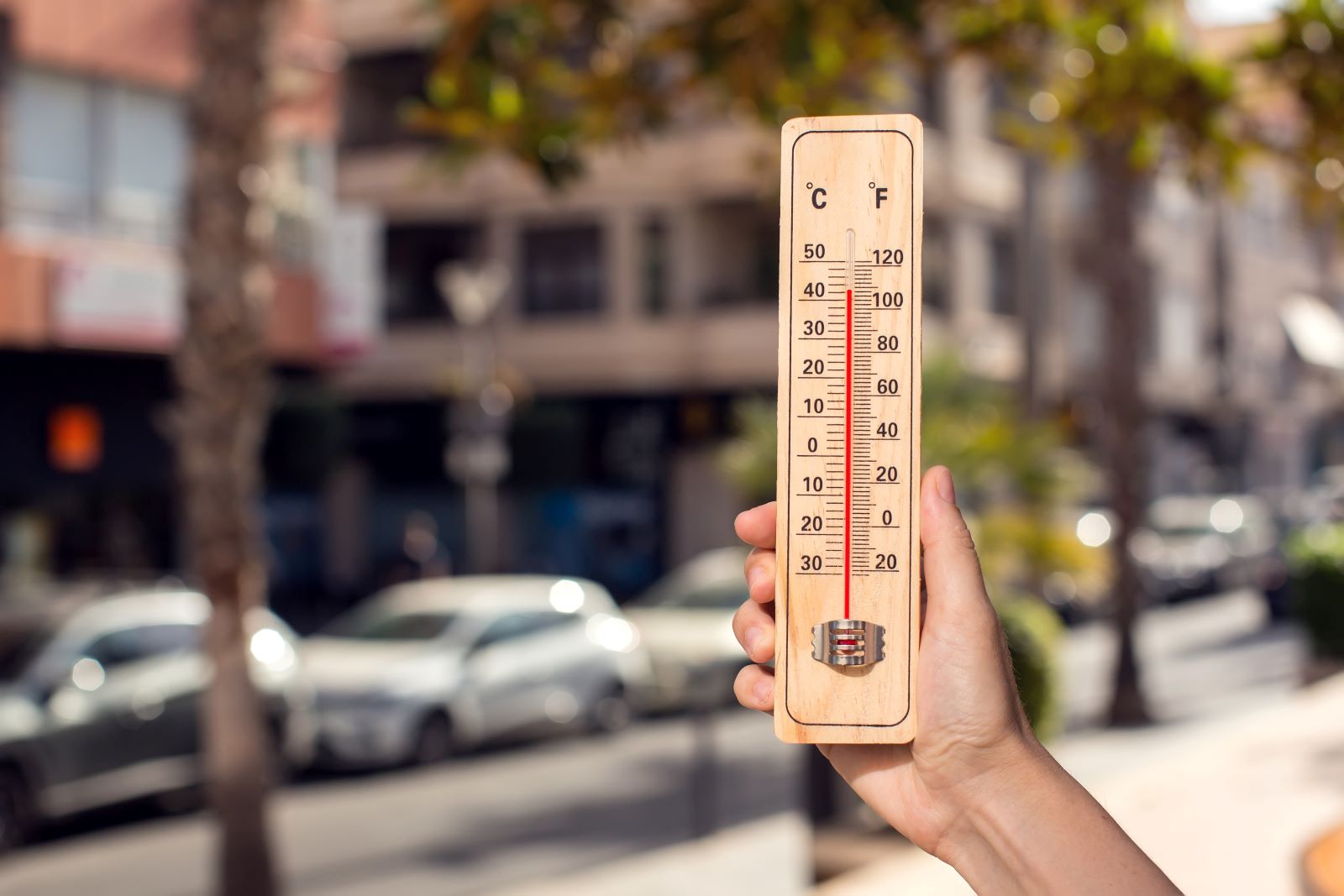
Image Credit: Shutterstock / aleks333
Back in August 2022, social media was abuzz after various United Parcel Service (UPS) delivery drivers shared photos of the thermometer readings inside their trucks.
Posted by Teamsters for a Democratic Union (TDU), one photo showed a temperature reading of 117.7°F and another 121.4°F.
Inhuman Working Conditions

Image Credit: Shutterstock / DimaBerlin
The pics were posted as part of a campaign to show the unsafe working conditions that some delivery drivers are exposed to.
As the TDU wrote online: “UPS CEOs would never accept working in 120 or 130-degree offices. Drivers shouldn’t have to either.”
Much Too Much
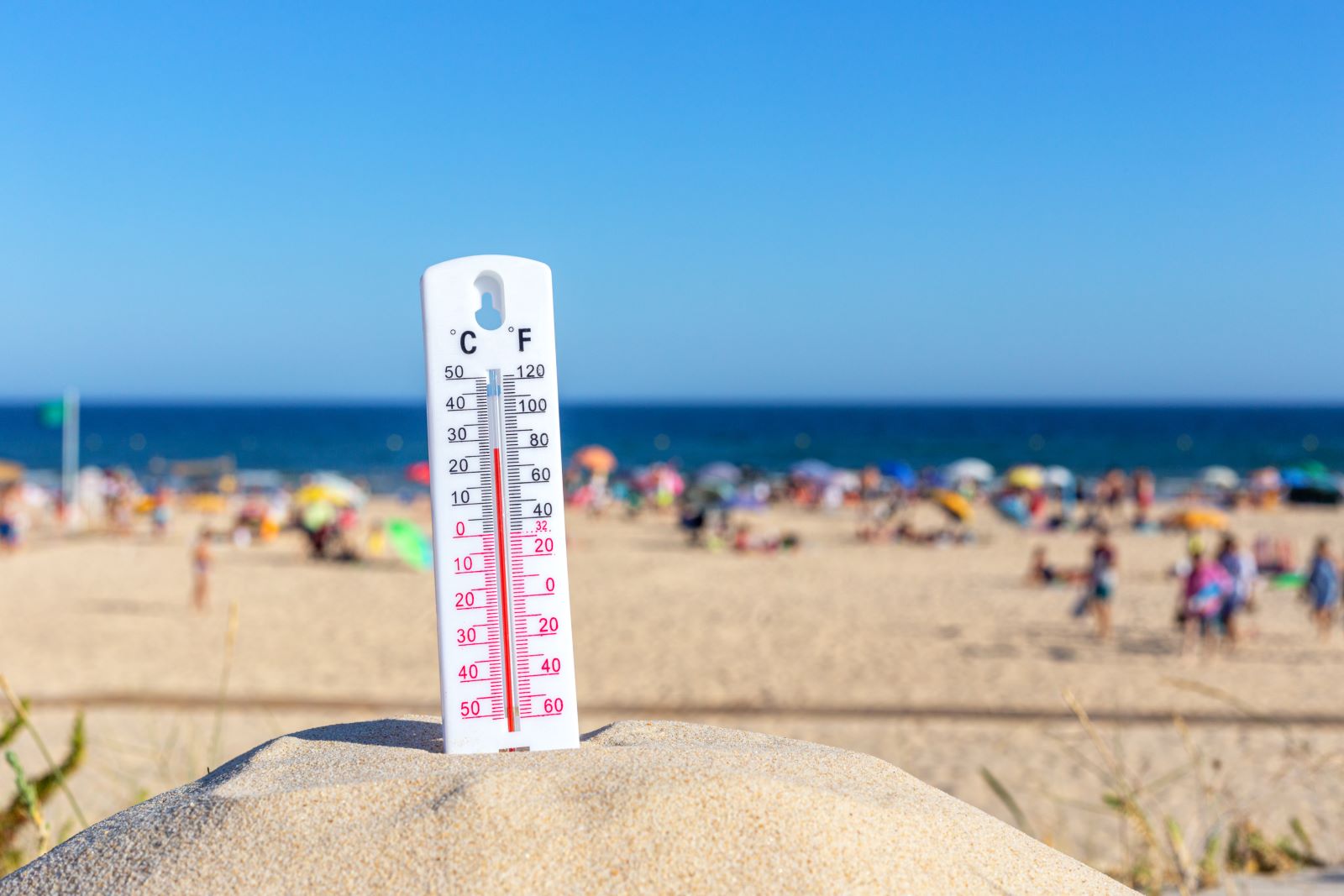
Image Credit: Shutterstock / Serhiy Stakhnyk
Cut to 2023: thanks to the spiking summer temperatures, about 340,000 unionized UPS workers mention heat as a crucial element while negotiating with their employer.
Let’s Change It

Image Credit: Shutterstock / fizkes
Included in their new union contract was an agreement that all UPS vans purchased after January 1st would include air conditioning. This formed part of the company’s promise to install cooling devices in 28,000 package cars by July 31st, 2028 when the contract expires.
Pretty Promises?

Image Credit: Shutterstock / TY Lim
It’s one year later. And as CNN reported last month, no new vans have been purchased by UPS since January 1st, meaning only a tiny segment of the company’s delivery drivers have the promised air conditioning.
As Kara Deniz, a spokesperson for the Teamsters union representing unionized UPS workers, puts it: “[T]he company is behind on air conditioning, and that is unacceptable,”
Sufficient Stats

Image Credit: Shutterstock / New Africa
There are enough examples to show how the heat is not only uncomfortable but downright dangerous, as various drivers suffer from heatstroke while on the job every summer.
Should This Happen?

Image Credit: Pexel / Pixabay
Only this month, a UPS driver had to be admitted to a hospital after crashing a UPS van in McKinney, Texas while experiencing heat exhaustion.
According to the labor union acting on behalf of North Texas package drivers, as soon as the driver started experiencing “heat-related” symptoms, he called his employer for help, yet was told to return to the McKinney facility.
Not Good Enough

Image Credit: Shutterstock / Gorodenkoff
Speaking to NBC 5, the President of Teamsters Local 767, Dave Reeves, said they are still awaiting some answers after the incident.
“Why was he able to continue to drive the package car,” Reeves asked. “There are certain heat-related injuries that can be prevented.”
No Way to Die

Image Credit: Shutterstock / Gorodenkoff
Things turned out worse for 28-year-old UPS veteran Chris Begley.
While driving in 103°F heat last August, Begley suffered a medical emergency and passed away four days later.
And Since Then?
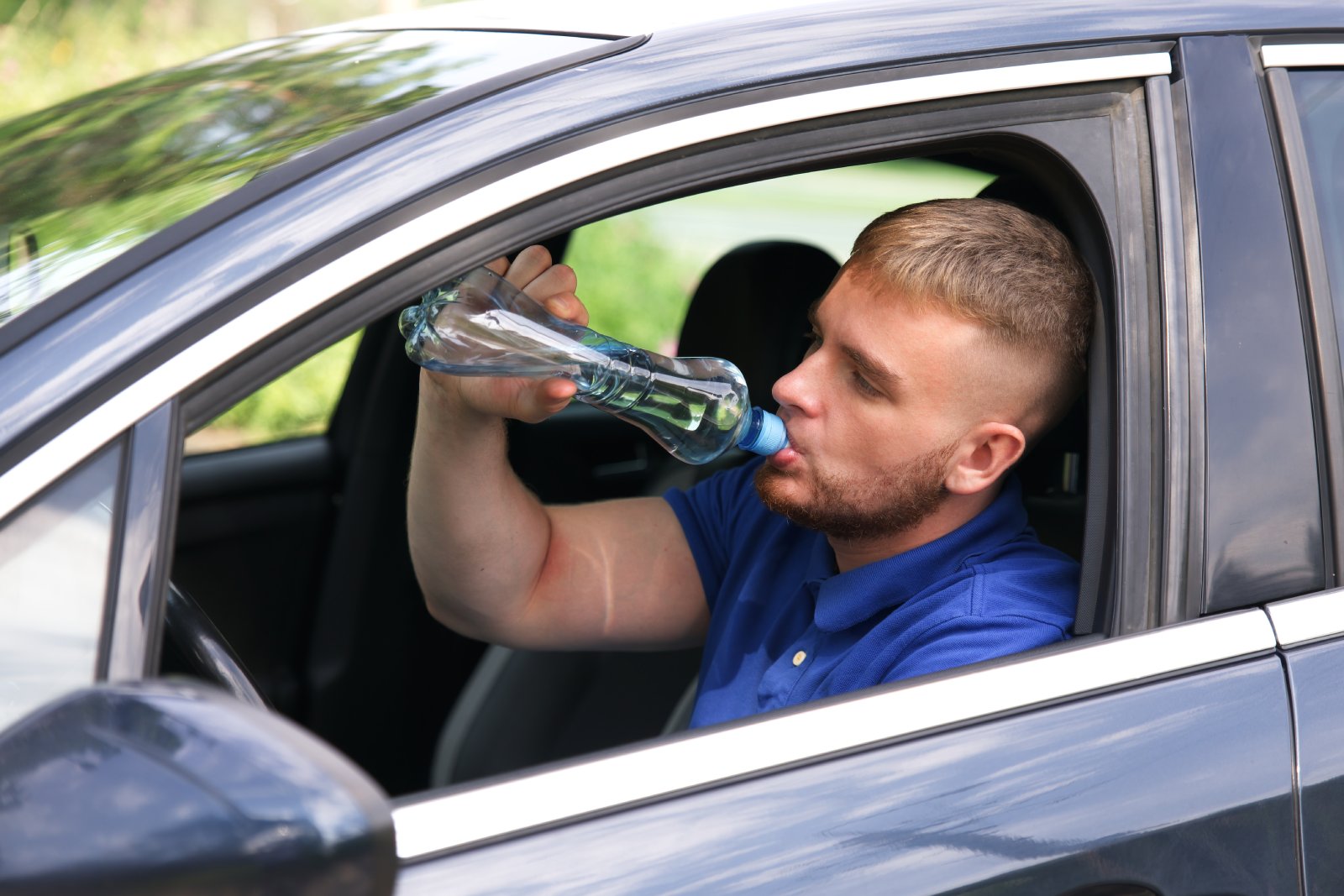
Image Credit: Shutterstock / EugeneEdge
In July this year, NBC reported that UPS had recently provided delivery drivers with cooling hats and sleeves to help with heat exhaustion.
According to the UPS website, the company also boosted staff’s access to ice, cold water, and electrolytes.
And in an email, Vice President of Global Communications Genny Bowman also added that the company’s vehicles and facilities were provided with more cooling equipment.
Some Changes Are Made

Image Credit: Shutterstock / PanuShot
According to the same NBC report, certain greenhouse companies, such as Eden Green and Cox Farms, have altered their employees’ schedules to bypass the excessive heat, including starting them earlier while it’s still cooler, taking breaks during the hottest time of the day, and returning as temperatures wind down in the evening.
It Does Help…

Image Credit: Pexel / Tiger Lily
Tim Shadix is the legal director for the Warehouse Worker Resource Center, a nonprofit aimed at improving working conditions in the warehouse sector in Southern California.
He stated that some California warehouses can reach indoor temperatures higher than 90°F. Those employees have been granted cooling vests with ice packs inside, as well as bandanas that can cool you off when wet.
… But We Need More

Image Credit: Shutterstock / Dmitriy Kuznietsov
Although such steps can make a difference, Shadix admits they’re not sufficient to protect workers from the dangers caused by rising heat.
As he stated: “Under standard workplace safety practices, those are meant to be responses of last resort, but when you’re addressing a hazard, including heat, you usually try to start with what’s most effective.” This includes installing air conditioning, lessening the pace of the workplace, or adding more breaks.
What’s Up, UPS?
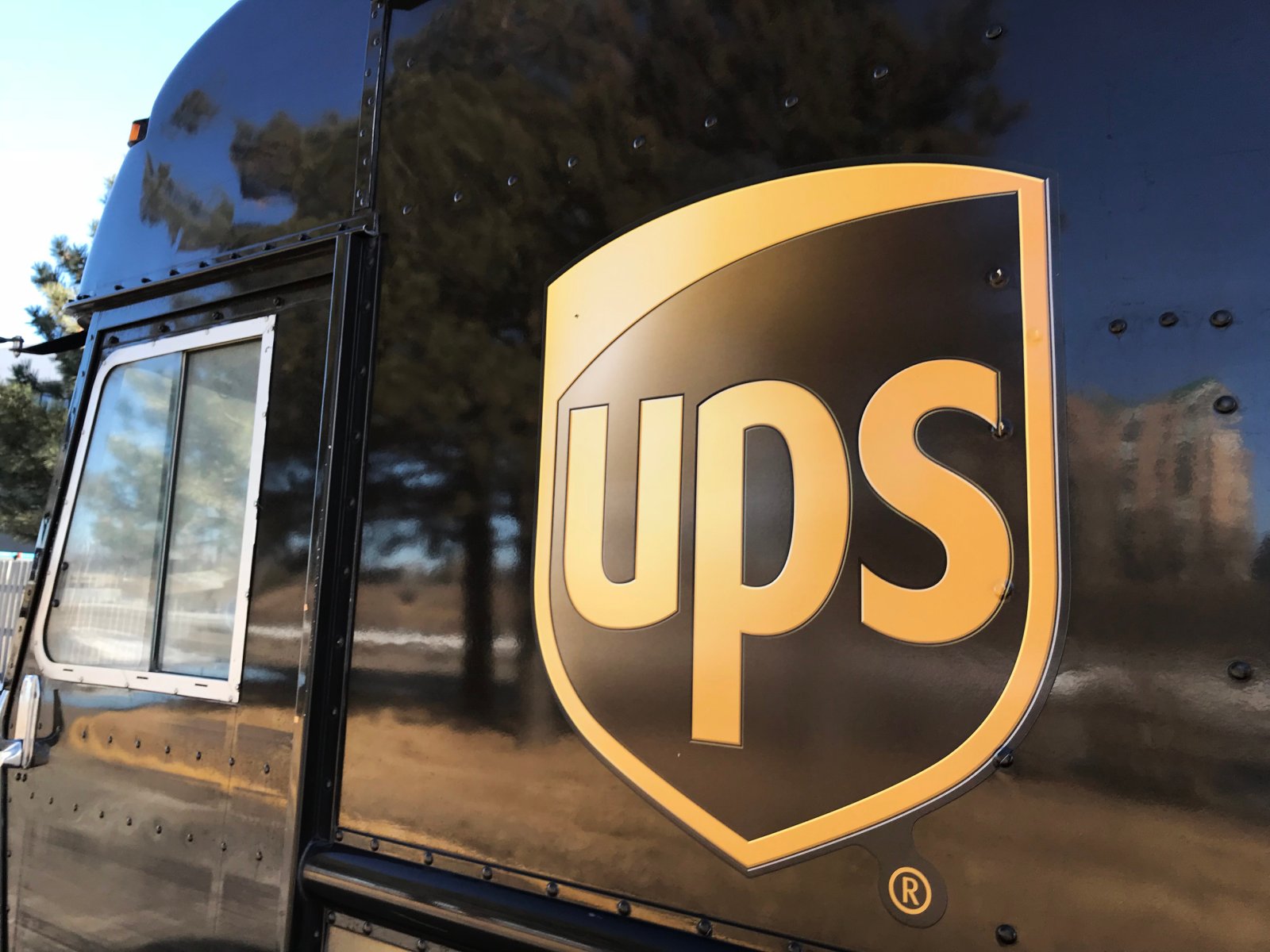
Image Credit: Shutterstock / Jeff Bukowski
Jim Mayer, a UPS spokesperson, said that the company has “hundreds of vehicles with AC operating on the roads today”, although he didn’t confirm if any new vans had been added to their fleet since January 1st.
In an email statement, he said: “We will continue to purchase and deploy new vehicles with AC as quickly as possible.”
A Play on Words

Image Credit: Shutterstock / Erik Mclean
However, the Guardian was told by some UPS workers that the only vehicles in which they had seen air conditioning were in trailers and small “sprinter” cargo vans, too small for full-day delivery routes.
Mayer didn’t elaborate on this topic any further.
What HAVE They Done?
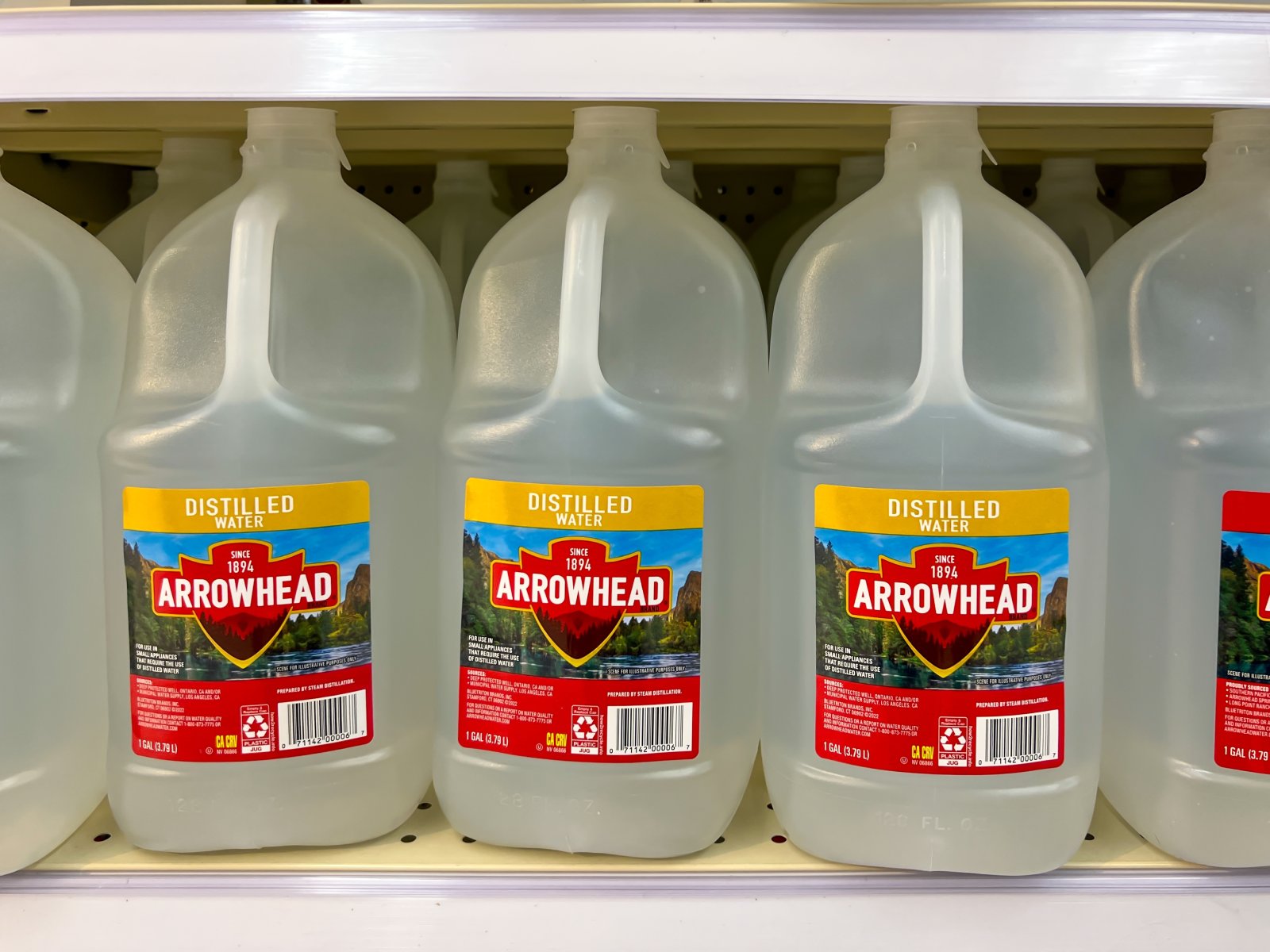
Image Credit: Shutterstock / JHVEPhoto
Mayer did state that UPS has provided more than 96,000 water jugs to its drivers and ensured access to cool water and ice is available for all staff.
According to the new union contract of 2023, the company pledged to provide drivers with one-gallon water bottles as well as ice.
Enhance Those Vans
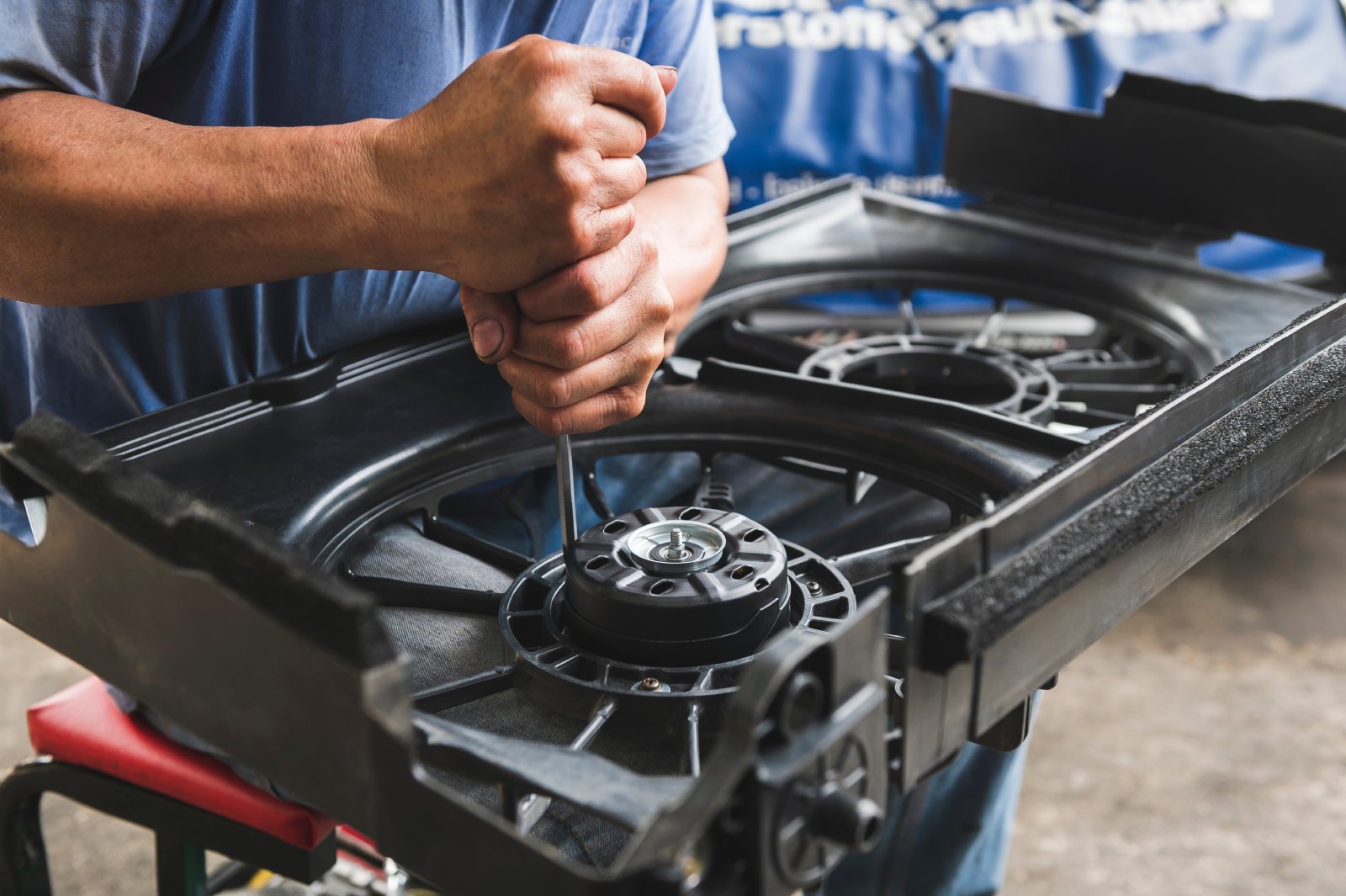
Image Credit: Shutterstock / Setta Sornnoi
UPS also promised to enhance its current fleet of vans by installing fans, vents designed to improve airflow and exhaust heat shields.
This Does Help…
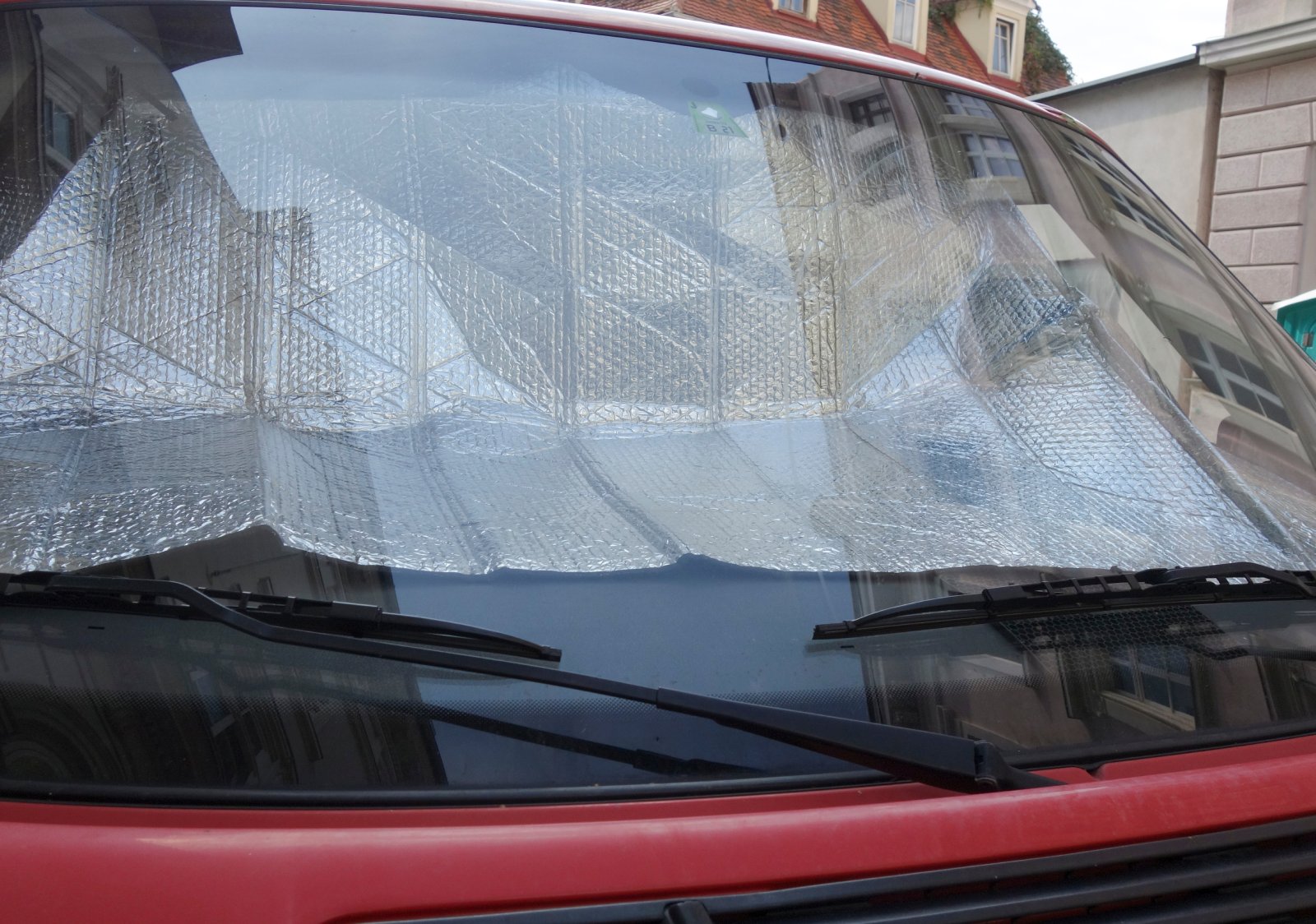
Image Credit: Shutterstock / elmar gubisch
To date, the company has successfully fitted more than 200,000 fans in its package vans, outfitted over 74,000 delivery vehicles with air vents, and installed exhaust heat shields in more than 76,000.
According to UPS, these heat shields can reduce the temperature of the vehicle floor by 17°F.
… Doesn’t It?
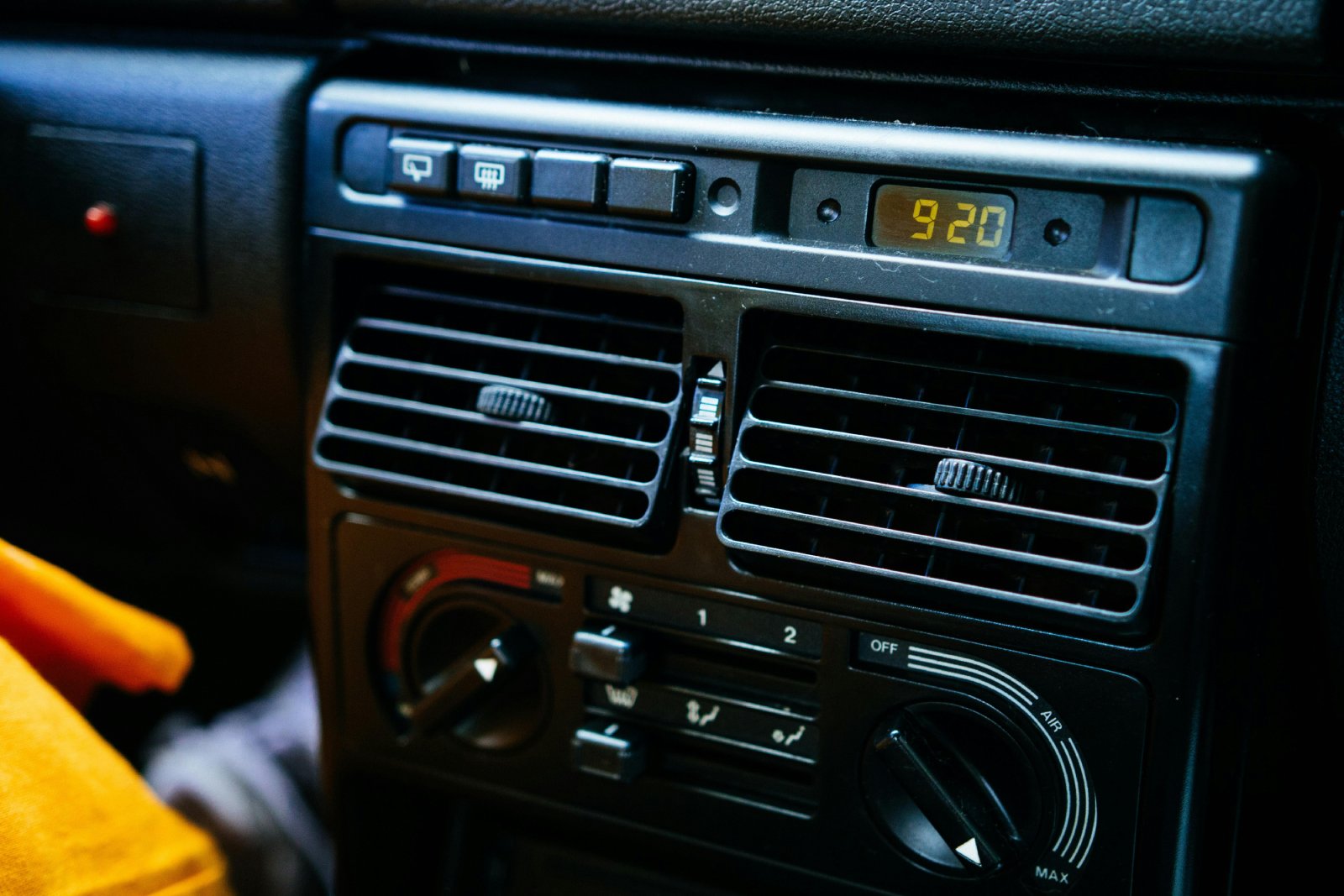
Image Credit: Pexel / Athena Sandrini
But according to the Guardian report, workers say that overall, the new technologies, which are no substitutes for proper air conditioning, aren’t sufficient, as the fans are too weak and the heat shields too small.
About to Get Worse?

Image Credit: Shutterstock / Eli Mordechai
Meanwhile, rising temperatures and record-breaking heat across the globe mean that access to air-conditioned vehicles, and not merely bottled ice water, will become more crucial.
DeSantis in More Hot Water as Florida Floods, Again

Image Credit: Shutterstock / Andrew Cline
Florida residents are struggling this hurricane season, and many are pointing the finger at a certain Governor. DeSantis in More Hot Water as Florida Floods, Again
J.C. Penney’s Closures Signal the End of an Era in Retail
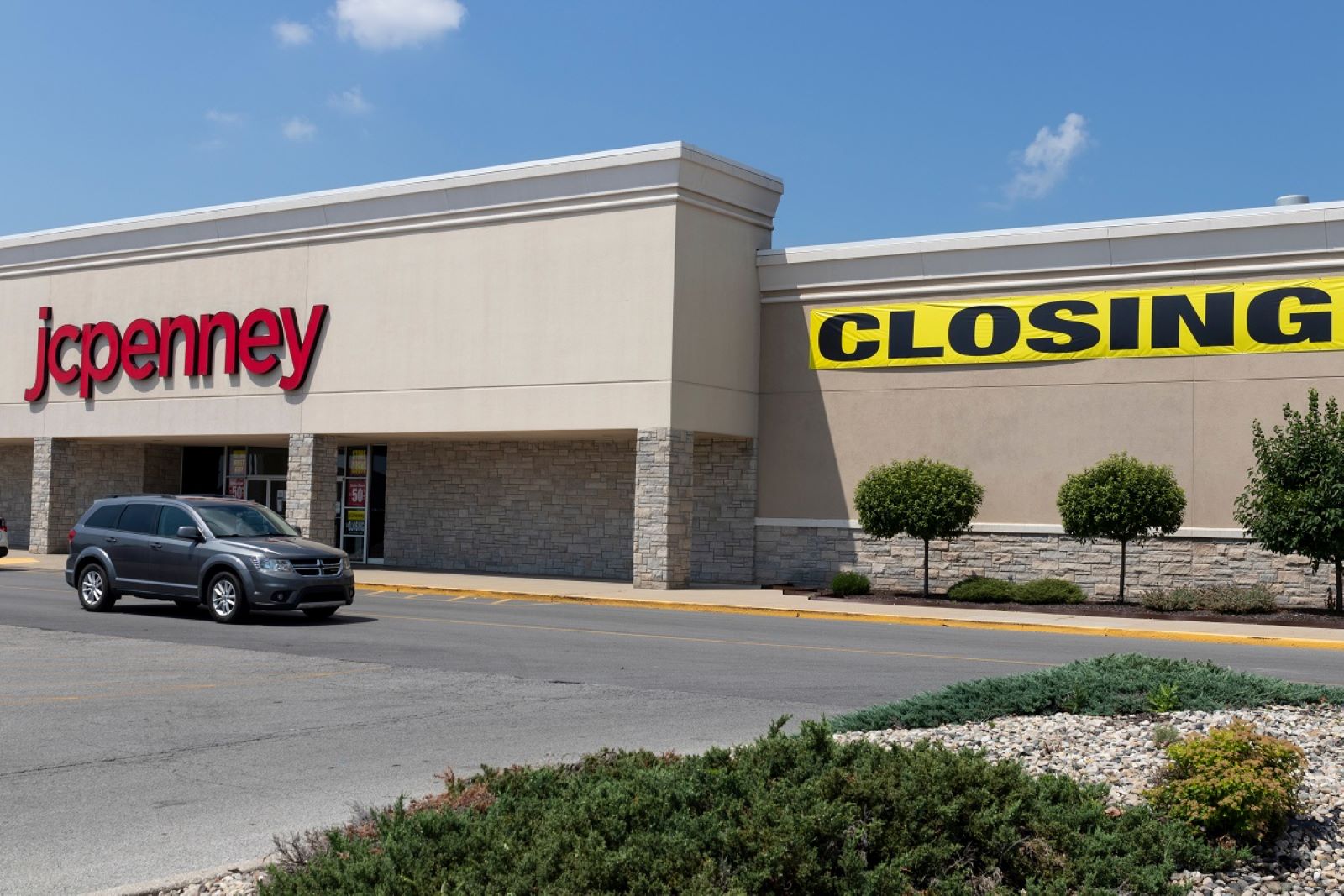
Image Credit: Shutterstock / Jonathan Weiss
Popular department store, J.C. Penney, has announced the closure of multiple stores across the country. This announcement reflects changes in the retail industry as online shopping becomes more popular. But how will these changes affect consumers and the future of in-store shopping? J.C. Penney’s Closures Signal the End of an Era in Retail
Michigan’s Governor Whitmer Lays Down the Law for HOAs

Image Credit: Shutterstock / Gints Ivuskans
Gretchen Whitmer has just taken on HOAs across Michigan. Who won? Michigan’s Governor Whitmer Lays Down the Law for HOAs
Featured Image Credit: Shutterstock / ArDanMe.
The images used are for illustrative purposes only and may not represent the actual people or places mentioned in the article.


